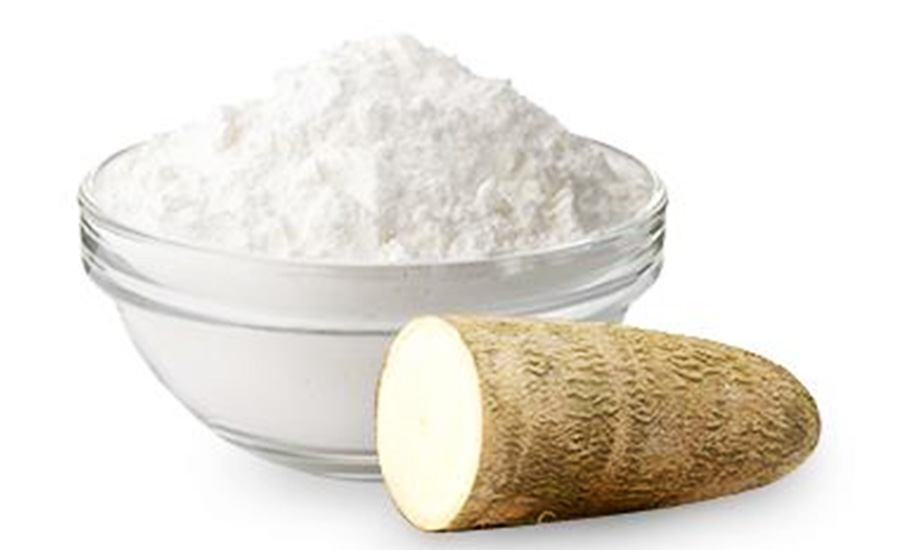In Africa, garri processing is a common and important food processing industry. Garri is a powdered or granular food processed from cassava tubers. It is a staple food for locals in many African countries such as Nigeria, Togo, Ghana, Guinea, Sierra Leone, Cameroon, and Liberia. The following are general garri processing steps:
Raw material selection:
Choose cassava roots that are fresh, free of rot, diseases and pests. The variety and quality of cassava will directly affect the taste and quality of the final garri. Generally speaking, cassava varieties with high starch content are better suited for processing garri.
Cleaning:
Put the selected cassava roots into clean water and carefully wash away the soil, impurities, etc. on the surface. Make sure the cassava roots are clean to avoid affecting subsequent processing and product quality.
Peel:
The outer skin of cassava roots can be removed using specialized peeling tools such as a peeling knife or mechanical peeling equipment. Peel the product thoroughly to minimize the residue of the cassava skin, which may affect the taste and appearance of the product.
Crush:
Cut the peeled cassava root into small pieces, then grind it in a grinder to make it into a puree or powder. The degree of crushing must be moderate, not only to ensure that the cassava can be fully crushed for subsequent fermentation and drying, but also not to be too finely crushed to avoid affecting the graininess of the product.
Fermentation:
Place the crushed cassava paste in an environment with good ventilation and suitable temperature for fermentation. Fermentation time usually takes 1-3 days, depending on factors such as temperature and humidity. During the fermentation process, the cassava paste will produce a sour taste, which is a normal fermentation phenomenon. The fermented cassava paste will become softer, which is beneficial to subsequent processing.
Squeeze dehydration:
Place the fermented cassava paste into a cloth bag or press and apply pressure to squeeze out the water. This step removes most of the moisture from the cassava paste, allowing the garri to dry out more quickly during subsequent frying, while also helping to increase the shelf life of the product.
Stir fry:
Put the dehydrated cassava particles into the wok and fry slowly over low heat. Stir continuously during the frying process to ensure that the cassava particles are heated evenly to avoid burning or undercooking. The frying time usually takes about 30 minutes to 1 hour, until the cassava particles become dry and loose, and the color turns golden brown.
Screening:
After frying, allow the garri to cool and then sieve it using a screening device or sieve to remove particles that are too large or too small, as well as any impurities that may be present, so that the garri particles are uniform in size.
Package:
Place the sifted garri into a clean, airtight bag or container. Packaging materials should be food-grade materials to ensure product safety and hygiene. Packaged garri should be stored in a dry, ventilated place to avoid moisture and contamination. Any garri processing machine needed, please email to info01@cnoilmachine.com
